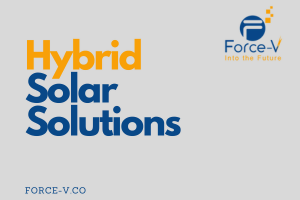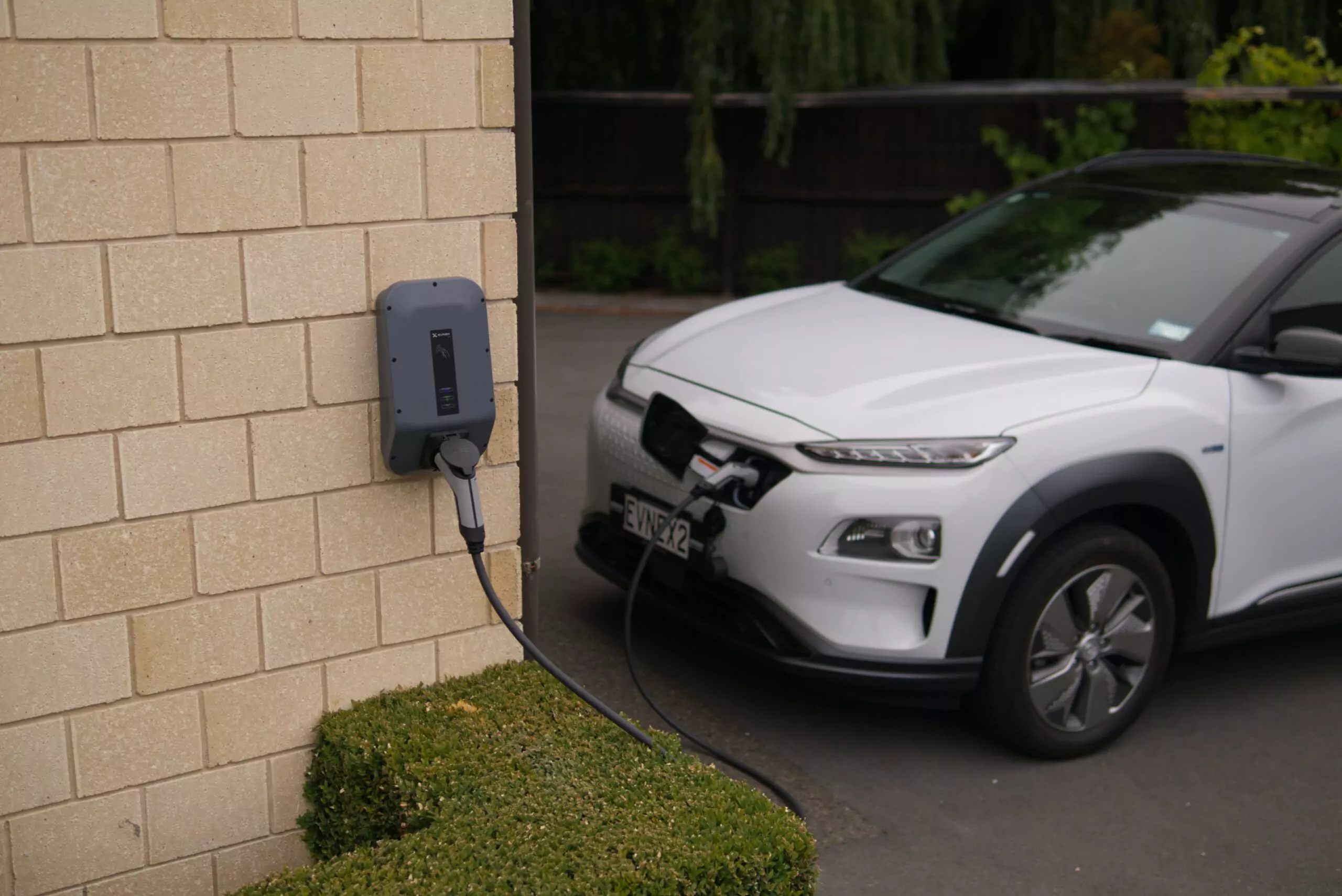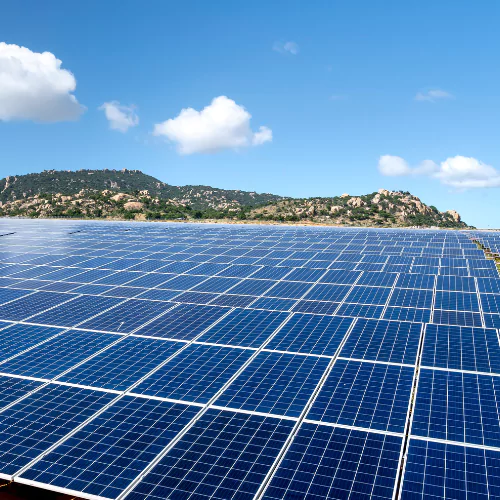On Grid Solar System: A Comprehensive Guide
Solar energy is becoming increasingly popular as people look for cleaner and more sustainable ways to power their homes and businesses. One of the key technologies driving this shift is the on-grid solar system.
In simple terms, an on grid solar system is a setup that connects your solar panels directly to the regular electricity grid. Let’s explore what this means and why it’s an important option for renewable energy.
How Does an On Grid Solar System Work?
An on-grid solar system works by harnessing sunlight using solar panels installed on your rooftop or in an open area. These panels convert sunlight into electricity, which is then sent to an inverter. The inverter’s job is to convert this electricity from a type called direct current (DC) to the type of electricity we use in our homes, called alternating current (AC).
Once the electricity is converted to AC, it can power your lights, appliances, and devices just like the electricity you get from the grid. But here’s the cool part: if your solar panels produce more electricity than you need at any given moment, the extra electricity can be sent back to the grid for others to use. This is especially useful on sunny days when your panels are working at full capacity.
Benefits of On-Grid Solar Systems
- Savings on Electricity Bills: One of the biggest benefits of an on-grid solar system is that it can significantly reduce your electricity bills. By generating your own electricity from the sun, you rely less on the grid and can even earn credits for the excess electricity you produce.
- Environmentally Friendly: Using solar energy helps reduce your carbon footprint and contributes to a cleaner environment. Solar power doesn’t produce greenhouse gas emissions like traditional fossil fuels do, so it’s a more sustainable choice.
- Reliable Power: Since on-grid solar systems are connected to the regular grid, you have access to electricity even when your solar panels aren’t producing enough energy, such as during nighttime or cloudy days. This adds a layer of reliability to your power supply.
- Financial Incentives: Many governments and utility companies offer incentives for installing solar panels, such as tax credits or rebates. These incentives can make the initial cost of setting up a solar system more affordable.
Considerations for Installing an On-Grid Solar System
Before installing an on-grid solar system, there are a few things to consider:
- Available Space: You’ll need enough space on your rooftop or property to install the solar panels. Make sure there are no obstructions like trees or buildings blocking the sunlight.
- Local Regulations: Check with your local authorities or utility company to understand any regulations or requirements for connecting your solar system to the grid. This includes understanding net metering policies, which determine how you are compensated for the excess electricity you produce.
- Professional Installation: It’s important to have your solar system installed by a professional. They can ensure everything is set up correctly, safely, and in compliance with local codes.
- Maintenance: While solar panels require minimal maintenance, regular inspections and cleaning can help keep your system running efficiently.
Conclusion
On grid solar systems are an excellent option for those looking to harness solar power while staying connected to the regular electricity grid. They offer savings, environmental benefits, and a reliable source of electricity.
As technology continues to improve and costs decrease, on-grid solar systems are becoming an accessible and impactful choice for renewable energy adoption.
Also Check:






